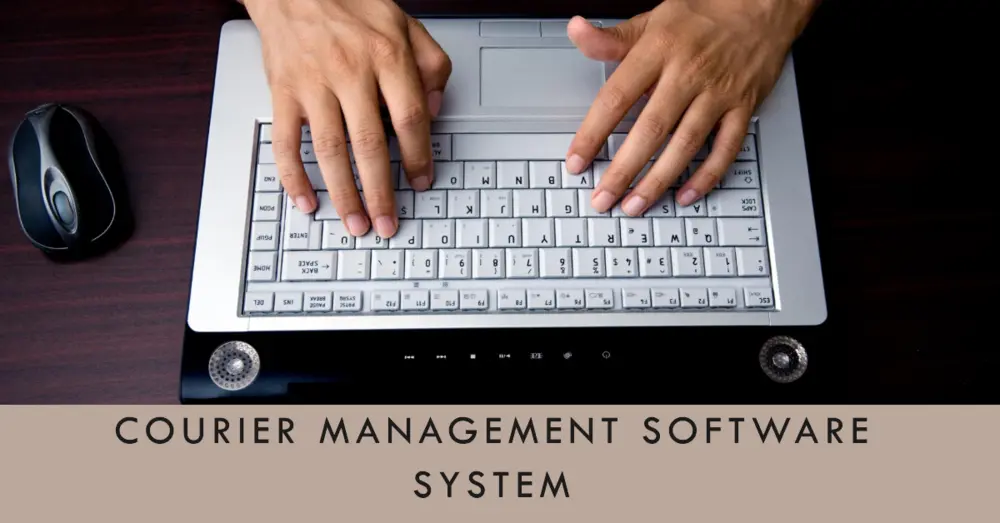In the dynamic world of sports, stadiums stand as iconic structures representing the spirit of competition and unity among fans. Behind the scenes, however, maintaining these grand venues poses significant challenges. From aging infrastructure to ensuring safety and efficiency, stadium facility management teams are constantly striving to enhance operations. In recent years, the emergence of stadium facility management software has transformed the landscape, offering innovative solutions to age-old problems.
The Evolution of Stadium Maintenance
Stadium maintenance has traditionally been a cumbersome task, fraught with challenges such as deferred maintenance, labor shortages, and access to crucial information. As aging ballparks and arenas face increasing pressure to uphold safety standards and streamline operations, the need for efficient management tools becomes paramount.
Instant Access to Building Information: A Game-Changer
One of the most significant impediments to improving efficiencies in stadium operations has been the lack of access to building information for management teams in the field. Whether it’s football, baseball, basketball, soccer, or hockey stadiums, facility management teams spend valuable time searching for crucial data, hindering productivity and creating maintenance backlogs.
Sports facility management software addresses this challenge by providing instant access to building information, including operations manuals, maintenance schedules, and emergency protocols. By empowering technicians to access this data from mobile devices while in the field, software solutions enable them to address issues promptly, reducing downtime and enhancing workflow efficiency.
Solving Deferred Maintenance Challenges
Deferred maintenance issues, such as faulty seating, electrical panels, or plumbing, not only compromise public safety but also pose significant risks to stadium owners and operators. With sports facility management software, technicians can quickly access maintenance histories and building plans, enabling them to address infrastructure issues proactively.
By leveraging smart building technology, stadiums can mitigate the risks associated with deferred maintenance, ensuring the safety and comfort of spectators while optimizing operational performance.
Enhancing Emergency Preparedness
In times of crisis, instant access to stadium information is invaluable for emergency and life safety teams. Whether responding to natural disasters or unforeseen events like fires or explosions, first responders rely on timely access to critical data to mitigate risks and ensure public safety.
Stadium facility management software facilitates instant access to emergency protocols, evacuation plans, and structural information, enabling emergency teams to operate efficiently and collaborate effectively during high-stakes situations.
Preserving Historical Knowledge
The retirement or departure of tenured employees often results in the loss of valuable historical information about stadium infrastructure. This knowledge gap not only hampers operational efficiency but also poses challenges for onboarding new personnel.
Sports facility management software addresses this issue by capturing and storing historical data in the cloud, ensuring continuity of knowledge transfer and facilitating seamless transitions between personnel changes. By preserving institutional knowledge, stadiums can safeguard against disruptions and maintain operational excellence.
Streamlining Operations for Every Team
From emergency and life safety teams to security, custodial, and capital projects, every aspect of sports facility management relies on access to building information. However, the inability to access this data in a timely manner often impedes team productivity and hampers operational efficiency.
Smart building technology centralizes information, streamlining operations and enabling teams to access critical data within seconds. By organizing documentation and streamlining workflows, facility management software empowers teams to collaborate more effectively and achieve their operational goals.
Conclusion: Empowering Stadium Maintenance
In conclusion, the advent of stadium facility management software has revolutionized the way stadiums are maintained and operated. By providing instant access to building information, addressing deferred maintenance challenges, enhancing emergency preparedness, preserving historical knowledge, and streamlining operations for every team, these innovative solutions have redefined stadium maintenance standards.
As stadiums continue to evolve as cultural landmarks and hubs of entertainment, the adoption of facility management software will play a crucial role in ensuring their longevity, safety, and operational efficiency. By embracing technology-driven solutions, sports facilities can uphold their legacy while embracing the future of maintenance excellence.




